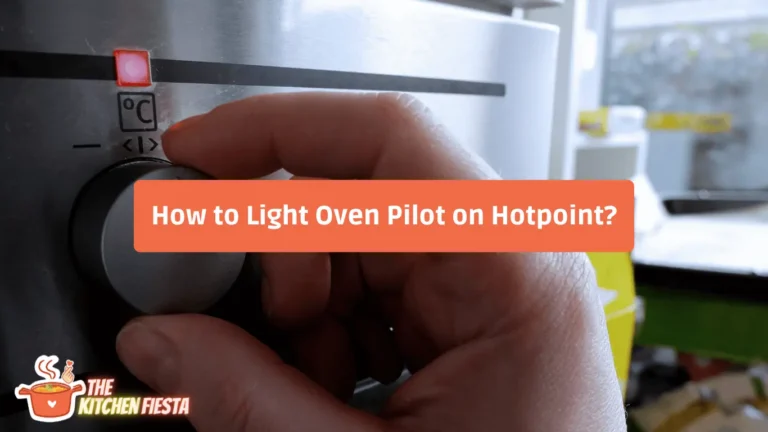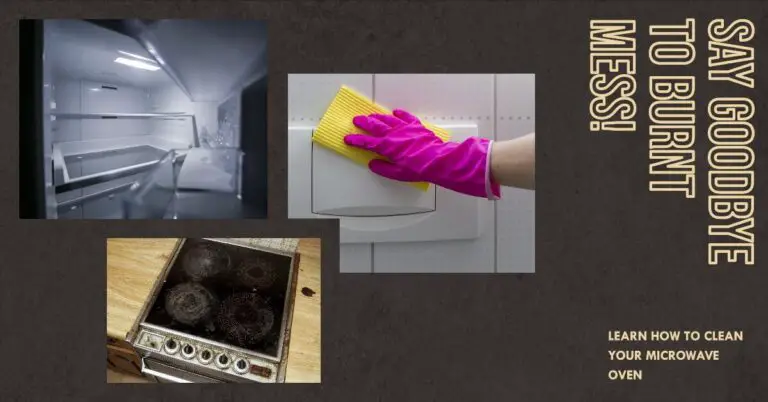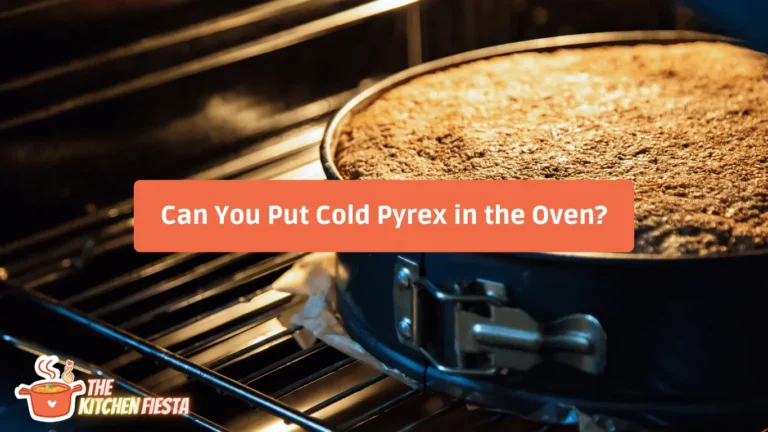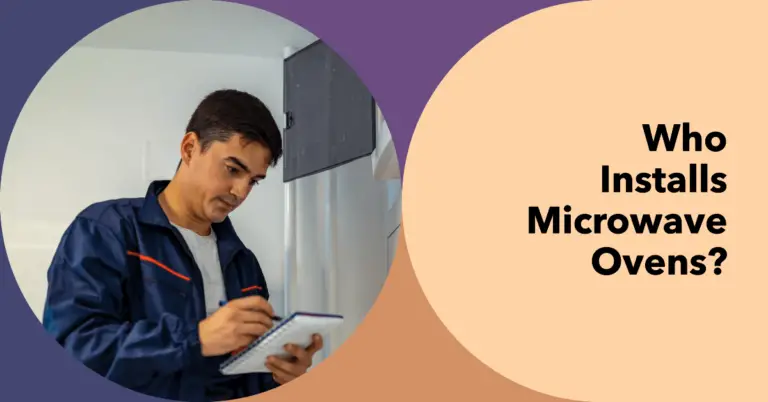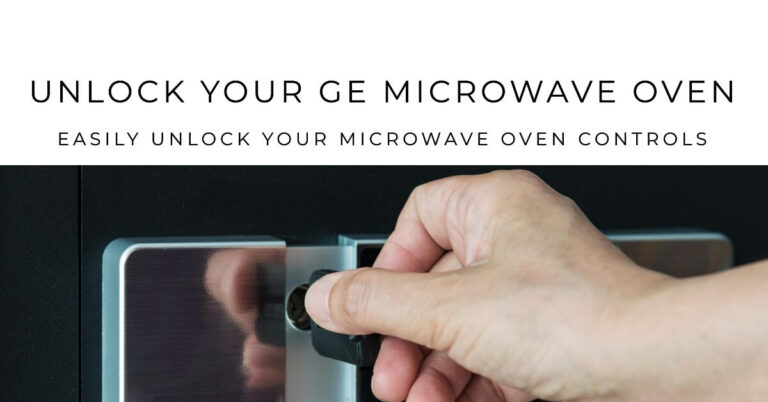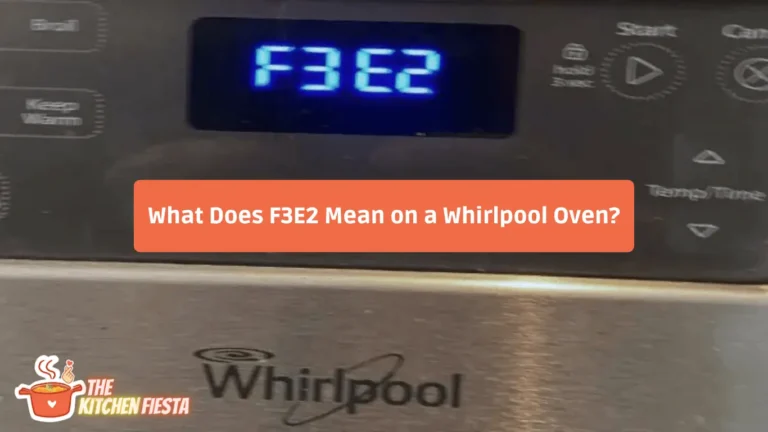why are ovens blue inside? (Exploring the History)
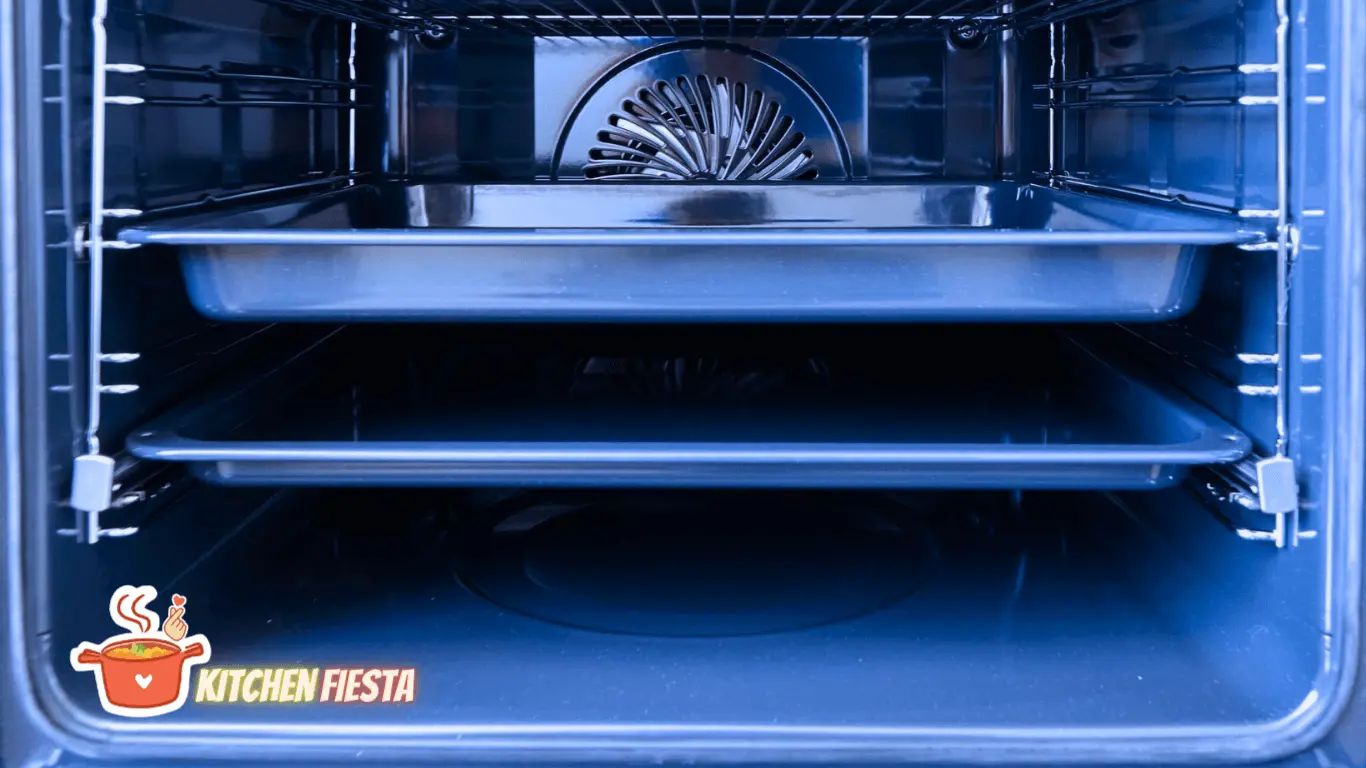
Have you ever opened your oven and marveled at the striking blue color inside? It’s a peculiar sight that has left many curious about the reason behind this unique phenomenon. Ovens, in their functional essence, are meant to cook our delicious meals to perfection. However, the beautiful blue coloration of their interiors often steals our attention. In this article, we will journey to unravel the scientific secrets behind why ovens are blue inside. So, why are ovens blue inside?
Ovens are blue inside because it gives an upscale look with a premium interior design. The blue color is due to the porcelain enamel finish, sometimes called “vitreous enamel.” Vitreous means made from glass, indicating the enamel’s glass-like properties. However, it’s worth mentioning that historically, more expensive ranges had plain black porcelain, and blue was more of a Sears Roebuck-type finish.
In this article, we’ll explore the science behind why ovens are blue and how it affects how we cook.
The Science Behind Oven Interiors
When we look inside an oven, we might notice the interior is blue. But why is that? In this section, we will explore the science behind oven interiors.
The Role of Light Waves
As we know, light travels in waves. The visible spectrum of light ranges from violet to red, with blue being one of the colors in between. Light waves can either be absorbed, reflected, or transmitted when they hit an object.
In the case of oven interiors, the blue color results from the reflection of light waves. Blue reflects more light than other colors, making it easier to see the food inside the oven. This is why many oven manufacturers choose to use a blue interior.
The Properties of Blue Light
Blue light has some unique properties that make it ideal for oven interiors. First, blue light has a shorter wavelength than red or green light. This means it can penetrate deeper into the food, helping cook it more evenly.
Second, blue light is less likely to be absorbed by the oven walls. This means that more light is available to cook the food.
Finally, blue light has a calming effect on the eyes. This is why many people find it easier to look at a blue interior than a bright, shiny one.
The blue color of oven interiors results from the reflection of light waves. Blue light has unique properties that make it ideal for cooking, including its ability to penetrate deeper into the food and its calming effect on the eyes.
The History of Blue Ovens
In terms of the oven’s color, the most popular color is blue. But how did this come to be?
Early Oven Designs
Early ovens were made of brick or clay and were heated by burning wood or coal. These ovens did not have any coatings on the inside, so the bricks or clay would absorb the heat. As a result, the inside of the oven would turn black from the soot and ash.
As technology advanced, ovens started to be made of metal. However, the inside of these ovens was still not coated with anything. This meant the metal would absorb the heat and turn black over time.
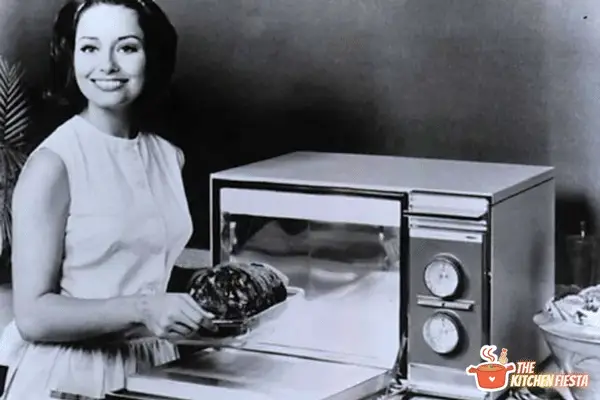
The Introduction of Blue Interiors
The first ovens with blue interiors were introduced in the 1960s. KitchenAid made these ovens and was part of their popular range of appliances. The blue interior of these ovens was created by applying a heat-resistant coating to the inside of the oven.
The reason for the blue color was more than just aesthetics. Blue absorbs less heat than other colors, reflecting more heat into the oven. This results in a more even heat distribution throughout the oven, leading to more consistent cooking.
Other companies soon followed suit and started making ovens with blue interiors. Today, many ovens come with blue interiors, and it has become a popular color choice for homeowners and appliance manufacturers.
The Future of Oven Interiors
As we look to the future of oven interiors, we can expect to see new colors and designs as well as potential advancements in technology.
New Colors and Designs
While blue has become a popular color for oven interiors, we may see a shift toward other colors. Manufacturers may experiment with shades of blue and other colors, such as green, red, or metallic hues. We may see new designs and patterns on oven interiors, such as geometric shapes or floral motifs.
Potential Advancements in Technology
With the rise of smart home technology, we may see ovens with integrated screens or touch panels that allow users to control temperature, cooking time, and other settings. We may see ovens with built-in cameras that allow users to monitor their food from their smartphone or tablet. This technology could also allow for voice control, making it even easier to use.
Another potential advancement in oven technology is the use of more energy-efficient materials. This could include using ceramic coatings or insulation that better retain heat, resulting in more efficient cooking and lower energy bills.
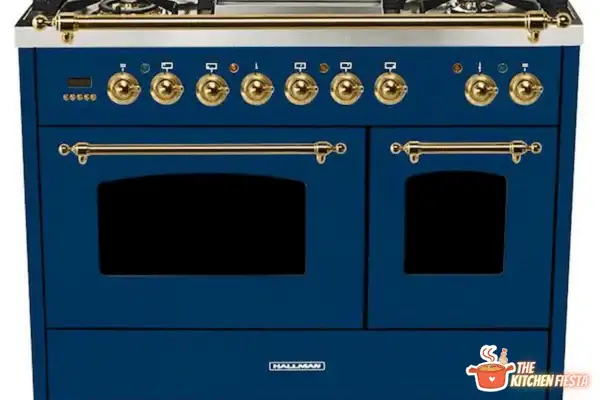
The Verdict
After researching and analyzing the information available, we can confidently say that ovens are blue inside for several reasons.
Firstly, a blue interior helps to retain more heat around the pan, resulting in more consistent cooking. This is because blue absorbs less heat than other colors, allowing for more efficient heating of the oven.
Secondly, the blue color helps to distribute heat evenly throughout the oven, resulting in more even cooking. This is especially important when cooking multiple dishes at once or when using larger pans.
Additionally, blue-colored ovens have become particularly appealing to many buyers due to their attractive and modern appearance.
We hope the article has helped answer some of your questions about ovens and cooking. If you have any other questions, feel free to contact us, and we’ll do our best to help you!
FAQs – why are ovens blue inside?
What Is The Purpose Of The Broil Setting On An Oven?
The broil setting on an oven is used for cooking food with high, direct heat. This is achieved by turning on the top heating element in the oven, which provides intense heat from above. The broil setting is great for cooking foods like steak, chicken, and fish, as it gives them a nice sear on the outside while keeping them juicy on the inside.
What Is The Difference Between A Convection Oven And A Regular Oven?
A convection oven uses a fan to circulate hot air around the food, which cooks it more evenly and quickly than a regular oven. This is because the hot air constantly moves, meaning the food is cooked from all sides at once. Convection ovens are great for baking, roasting, and cooking foods like pizza, as they produce a crispy crust and evenly cooked toppings.
How Do I Clean The Inside Of My Oven?
Cleaning the inside of your oven is an important task that should be done regularly to keep it in good condition. You can use a mixture of baking soda and water or a commercial oven cleaner to clean the inside of your oven. Apply the cleaner to the inside of your oven, let it sit for a few minutes, and then wipe it away with a damp cloth. Be sure to follow the instructions on the cleaner you choose, and wear gloves and eye protection to protect yourself from harsh chemicals.

